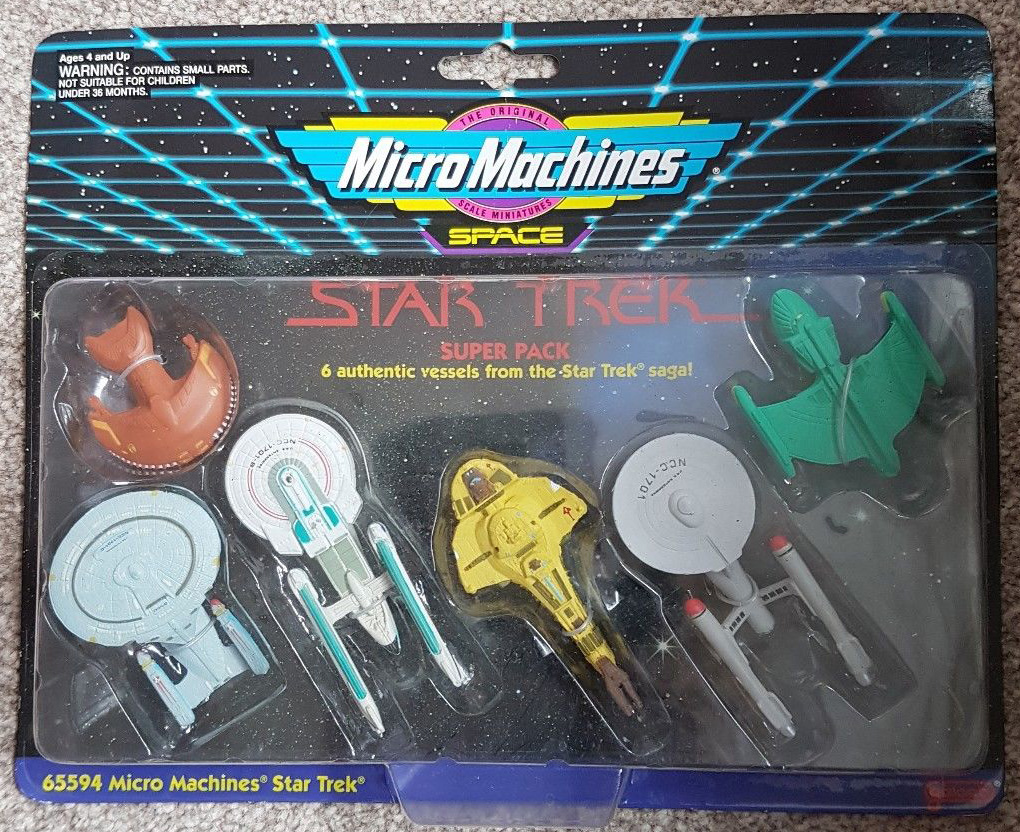Hi again mhajicek:
While I'm at it, there is another workholding device I use an awful lot and that is small vee blocks...small enough that I can get to the workpiece without having to hang my cutters out a mile.
I wire cut them from a hardened lump of A-2 (I
like A-2...it's nice and stable and gets really hard but is still decently easy to grind), and I make them so the clamp does not protrude over the sides of the block.
That way I can clamp them in the mill, I can drop them on the mag chuck and I can lay them over on the surface plate without that stupid strap getting in the way all the time.
Here's one of my bigger ones...it's an inch square and 1.25" long.
The smallest wire I can clamp accurately in this one is half a millimeter, but I have blocks that will go smaller.
I have long ones and short ones and big ones (for me) and small ones...it was a bit of a pain to make so many, but they've really paid off over the long term.
I know you were looking for "off-the -shelf" but sadly, in our domain, there's not all that much around, so I bit the bitter pill and had some fun rolling my own.
I don't know how motivated you are to do the same.
Cheers
Marcus
www.implant-mechanix.com
www.vancouverwireedm.com





